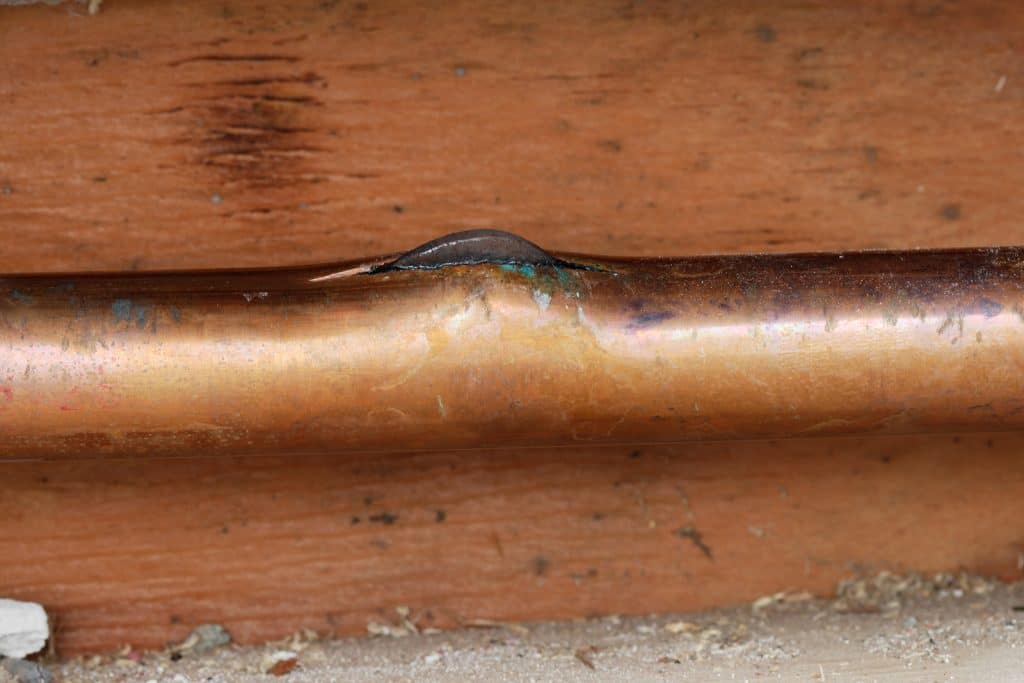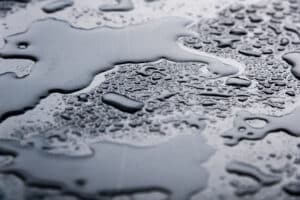In the middle of winter, the temperature outside is usually at its coldest, and that means higher risk for your home’s pipes to freeze or even burst. A burst pipe could lead to even worse issues, like flooding or not having access to water when you need it most. The best way to prevent frozen pipes is to make sure they stay warm enough that they remain above freezing temperatures, and at Schuler Service we know some of the best ways to keep your home’s pipes warm and working when it’s coldest. Consider some of our insulation recommendations below to ensure your home’s pipes stay warm this winter.
Use Foam Pipe Sleeves
Start by insulating your home’s water pipes with pipe insulation, like pipe wraps, which you can likely find at your local hardware store. Make sure to wear safety goggles, and focus on covering the surface of the pipes in places like large crawl spaces under your home, then give attention to the pipes along the exterior walls or unheated attic. These pipes are particularly exposed to freezing temperatures because they come into close contact with the cold air outside. Insulating pipes with pipe-wraps, decreases the risk that they’ll freeze or burst open.
Seal Your Crawl Space
A crawl space that is exposed to the elements or temperature outdoors is prone to letting in winter’s chill, eventually freezing your pipes. Covering the crawl space area can substantially decrease the amount of cold air affecting your water pipes. One typical method for sealing is to use foam pieces that cover both walls and floors, then holding them in place via fasteners and utility tape.
Cover Cracks, Gaps, and Openings
Sealing your crawl space and exposed pipes is a great idea, but it’s not always enough to ensure your pipes are warm enough throughout. If you inspect your home for openings, cracks, or holes, you may find areas that let in cold air and freeze your pipes. Give special attention to the areas around your home’s windows and doors, and be sure to inspect TV or internet cable holes in the walls. If you do find small areas letting in cold air, seal them off to keep everything insulated. For cracks in your wall, you can even apply caulk to keep out the cold.
Apply Heating Tape
If your home has a piping system you can reach by yourself, it’s a great idea to wrap the water pipes with electrical heating tape to keep the heat in. There are even self-monitoring tapes with sensors that activate depending on the heating requirements of the pipe. You can also go with a more standard option and just use the manual tape, which does mean you will need to plug and unplug it.
Choose Fiberglass Insulation
While less generally applicable, Fiberglass pipe insulation is designed to cover one side of the water pipe with a foil facing, and it’s wrapped around your home’s pipes like tape. Fiberglass pipe insulation is usually used in higher heat areas, such as near your home’s water heater or furnace. While a higher heat area may seem like the opposite of a winter cold issue, if your home is using a furnace or heater a lot to keep things toasty, it might be beneficial to protect any exposed or very nearby pipes.
To protect your pipes from freezing this winter, be sure they’re insulated so everyone in your home can stay comfortable. Be sure to choose Schuler Service if you encounter a burst pipe for expert assistance, fast! We’re already ready to help you with all your plumbing maintenance and repair needs. Schedule an appointment today!









